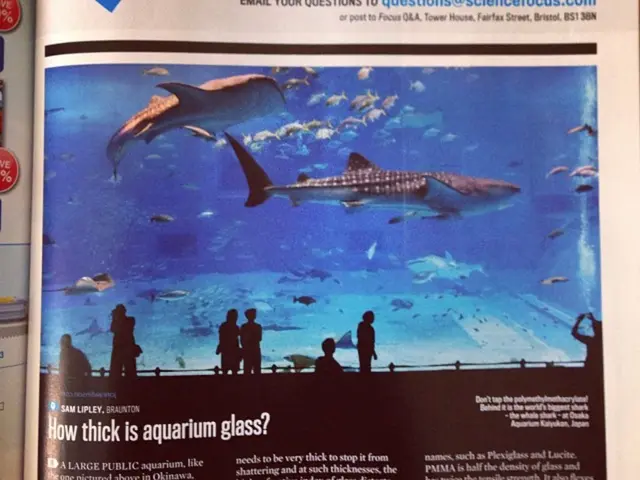Genetics of the 'Habsburg Jaw': A Result of Over a Century of Family Interbreeding
In the annals of royal history, few families can claim a physical trait as distinctive as the Habsburgs. The Habsburg jaw, characterized by a prominent lower jaw and recessed upper jaw, was primarily caused by extreme inbreeding within the Habsburg royal family, a dynasty that ruled from the 13th century to 1918.
The relationship between the Habsburg jaw and inbreeding lies in how inbreeding raises the probability that recessive genetic mutations and deformities, like the mandibular prognathism seen in the Habsburgs, become more prevalent and pronounced due to reduced genetic diversity. This repeated intermarriage among close kin amplified the jaw deformity along with other hereditary disorders within the dynasty.
The Habsburgs' empire included Austria, Hungary, Bohemia, Slovenia, Slovakia, Croatia, large parts of Poland, Romania, and Italy. The dynasty's ascent to power began with Rudolf I, who became the Roman German king in 1273. Their power significantly increased in the 1500s when Maximilian married Charles the Bold's daughter Mary, uniting two European royal families and gaining control of the desirable Burgundy region.
The Habsburg jaw was immortalized in portraits by Spanish painter José García Hidalgo, who painted royal sisters Maria Luisa de Orléans and Anne Marie de Orléans. The jaw affected female members of the Habsburg family, including Mariana of Austria, who was the queen of the Spanish monarchy.
In late 2019, a study published in the journal Annals of Human Biology confirmed that the Habsburg jaw was a result of royal inbreeding. The study analyzed portraits from 66 members of the Habsburg clan, zeroing in on 15 monarchs who had the family's pronounced jawline and underbite. The researchers found 18 different abnormalities in the Habsburgs' faces, including both mandibular prognathism and mandibular deficiency.
Interestingly, Karl von Habsburg, also known as the Archduke of Austria and the leader of the Habsburg-Lorraine family, does not have the Habsburg jaw. He made headlines in March 2020 when he revealed to Hello! that he was the first royal to be diagnosed with COVID-19.
The Habsburgs may have also had a mandibular deficiency, a pattern of abnormalities affecting skeletal, neuromuscular, occlusal, and esthetic conditions. This deficiency, combined with the Habsburg jaw, would have caused significant health problems for the royal family members throughout history.
Despite the physical challenges faced by the Habsburgs, their influence on European history is undeniable. From their strategic marriages to their expansive empire, the Habsburgs left an indelible mark on the continent. However, their legacy is also a stark reminder of the dangers of inbreeding and the importance of genetic diversity.
References: 1. BBC News 2. The New York Times 3. The Guardian 4. National Geographic 5. Annals of Human Biology





